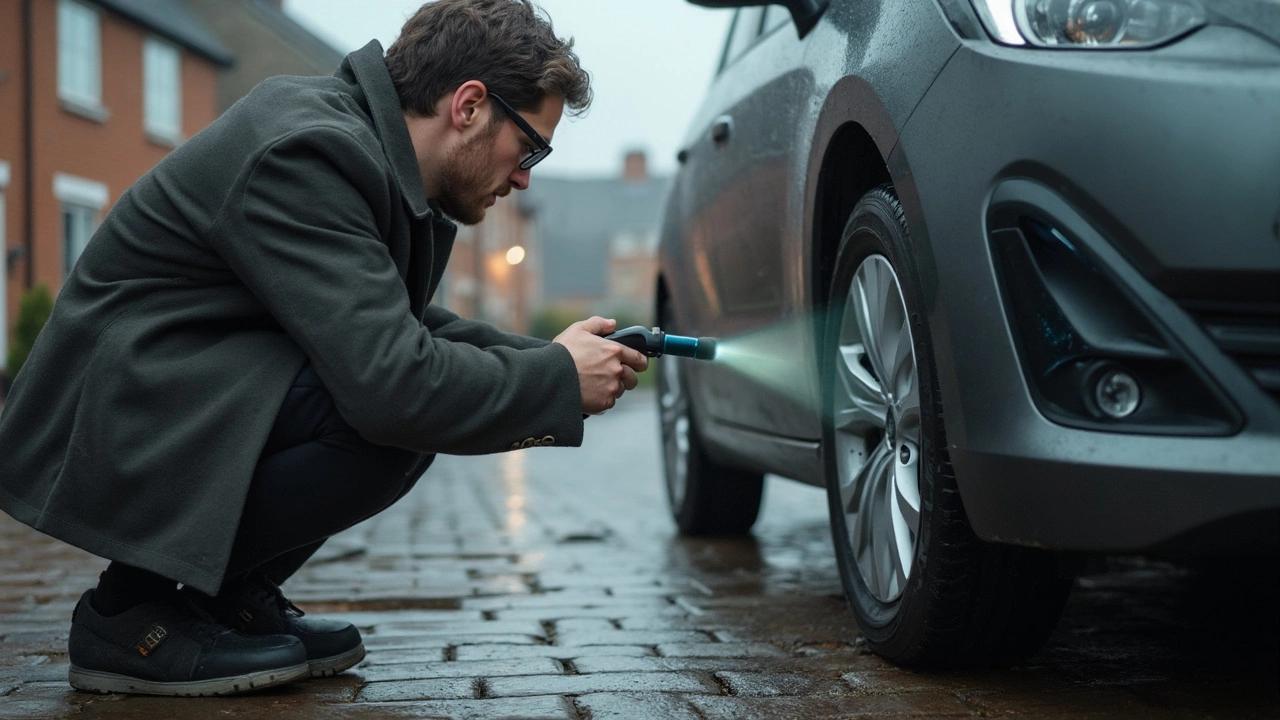Brakes: How They Work and When to Service Them
When dealing with brakes, the system that slows or stops a vehicle by converting kinetic energy into heat. Also known as braking system, brakes are essential for safety and control. A typical system relies on two key components: brake pads, friction material that press against a rotating surface to create stopping force and brake rotors, the metallic discs attached to the wheel hub that receive pressure from the pads. Together they form the core of the brake function, where the pads wear over time and the rotors can warp or thin. Understanding how these parts interact helps you spot problems early and plan cost‑effective maintenance.
Key Components and Their Roles
The braking process starts when you press the pedal, sending hydraulic pressure through brake fluid to the calipers. The calipers clamp the brake pads onto the brake rotors, creating friction that slows the wheels. This simple chain – pedal, fluid, caliper, pad, rotor – is the foundation of safe stopping. However, each link has its own wear patterns. Pads are rated by material (ceramic, semi‑metallic, organic) and each type influences noise, dust, and lifespan. Rotors, on the other hand, can develop grooves or heat‑induced cracks, which reduces effectiveness and can damage pads.
Beyond pads and rotors, the system includes brake fluid, a glycol‑based liquid that transfers pedal force to the calipers and the brake lines, steel or flexible hoses that carry the fluid under pressure. Old or contaminated fluid can lead to spongy pedal feel and reduced braking power. Regular fluid flushes keep the hydraulic circuit clean and maintain the correct boiling point, especially important on steep hills or during heavy towing.
When evaluating brake health, look for common signs: squealing or grinding noises (often pad wear), pulsating pedal (possible rotor warpage), longer stopping distances, or a soft pedal (fluid or air in the lines). Each symptom points to a specific component, allowing you to target repairs and avoid unnecessary part replacement. For instance, if you hear a high‑pitched squeal, the pads are likely nearing the wear limit; replacing pads alone often restores performance without touching the rotors.
Cost‑effective decisions hinge on understanding the difference between rotor resurfacing and full replacement. Resurfacing removes a thin layer of the rotor surface to eliminate uneven wear, extending its service life when the remaining thickness meets safety standards. Replacement is required when the rotor is below minimum thickness, cracked, or heavily warped. Knowing the exact rotor specifications – diameter, thickness, and material – lets you compare the price of a new rotor versus a machining job, ensuring you don’t waste money on a fix that won’t last.
Maintenance also includes checking the parking brake mechanism and ensuring the caliper pins slide smoothly. A sticking caliper can cause one pad to overheat, leading to uneven rotor wear. Simple actions like cleaning and lubricating pins, or swapping a seized caliper, keep the entire system balanced. Seasonal changes matter too; cold weather can thicken fluid, while hot summers can raise fluid temperature, both affecting pedal feel.
Below you’ll find a curated list of articles that dive deeper into each of these topics – from how often to change brake pads, to the pros and cons of different rotor materials, and step‑by‑step guides for DIY checks. Whether you’re a daily commuter, a weekend racer, or someone who just wants to stay safe on the road, the posts ahead give you practical advice you can apply right away.

Brake Pads: How Can I Tell If My Brakes Need Replaced?
Jun 15 2025 / Brake PadsWondering if your car needs new brake pads? This article dives straight into real signs and symptoms your brakes are due for replacement. You'll learn what noises, feelings, and even dashboard signals to watch for, and discover easy, practical checks to do at home before calling your mechanic. Helpful tips and must-know facts are included so you don't end up with costly repairs down the road. Stay safe and keep your car running smoothly by knowing when it's time for fresh brakes.
VIEW MORE